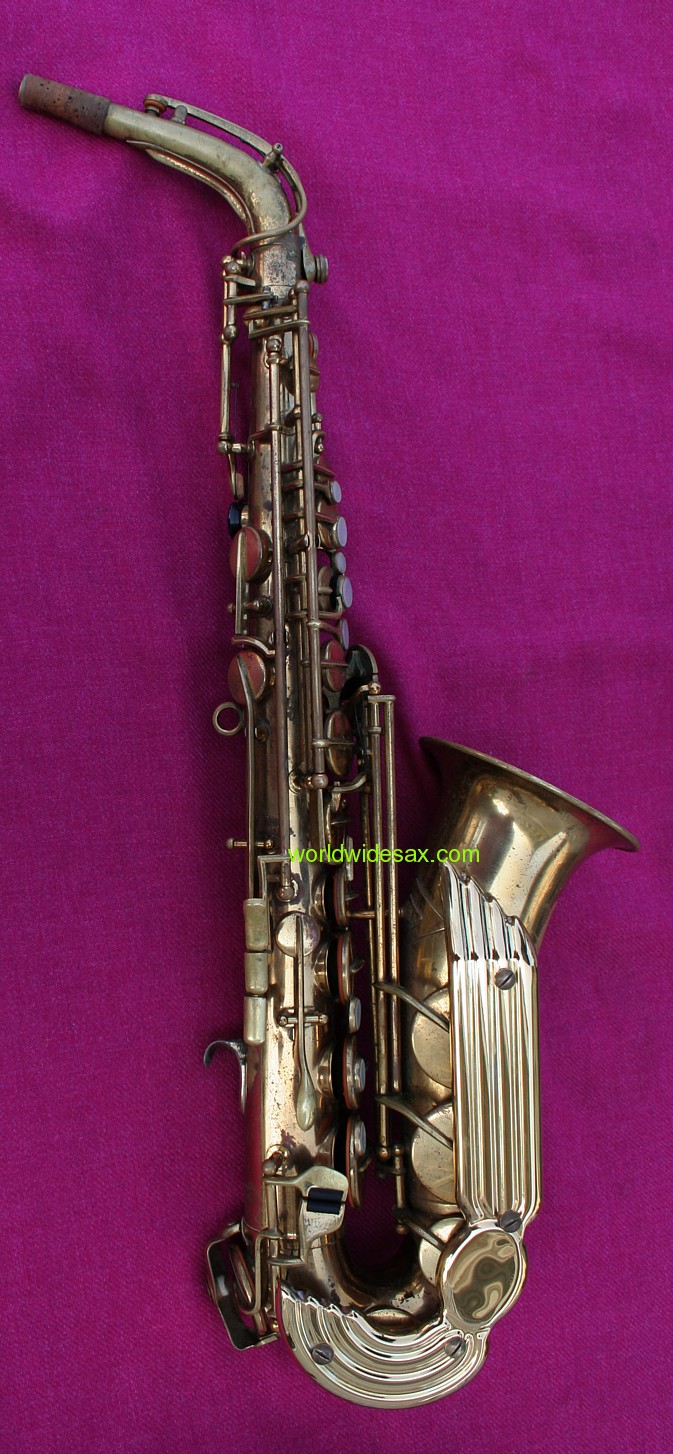Keilwerth The New King


RARE Keilwerth New King Series II Alto Saxophone. Now here is a really rare saxophone. This is a Keilwerth New King Series II alto saxophone- one of only about 500 ever produced, and the only Keilwerth horns ever to have soldered and beveled toneholes (like a Martin). Not much is known about these saxophones. Keilwerth “the new king” series iii tenor sax 30xxx (1958-59) The renowned German company Keilwerth, still known for the instruments of the highest quality, the model “The New King” is one of the cornerstones of their history. The NKJV was commissioned in 1975 by Thomas Nelson Publishers. One-hundred-and-thirty respected Bible scholars, church leaders, and lay Christians worked for seven years with the goal of updating the vocabulary and grammar of the King James Version, while preserving the classic style of the of the 1611 version.
CommentaryThere are alleged differences between the. New King. NewKing Special. Toneking. TonekingSpecial. and Toneking EX ('Exklusiv' or 'Exclusive').
Models: early Tonekingshave altissimo D# trill keys, the New Kings don't. The EX is supposed to haveall the features of the Toneking and may have additional engraving andadditional pearl inlay. The Special model of whichever version is supposedto be almost identical to the Toneking EX model, but without the pearlinlay and seem to feature altissimo F# keys.Unfortunately, these rules are hardly rocksolid: there are Special models without rolled tone holes and some Tonekingswith straight tone holes. In other words, probably it's just a marketingthing and the only constant and fundamental difference betweenthe New King and Toneking (excepting Special models) is that the Tonekinghas an altissimo D# trill key - up to a certain serial number range (when the H-Couf was introduced). So, if you see a New King model withrolled tone holes, it's as good as the Toneking EX, it just doesn'tlook as fancy and doesn't have an altissimo D# trill. Thereis no data to back up an assertion like, 'The New King uses oldertooling than the Toneking' (for instance, as is the differencebetween the and models).However, if you can read German, g'headand take a look atThere is a possibility - even probability - that the Toneking neck, bell and/or bow were 'tweaked' over New King models.
I can easily accept this. Unfortunately, I don't know anyone that's taken a caliper and measured - and, even if he did, Keilwerth is known to have tinkered with each of these components during the horn's existence.Anyhow, the New King design was Keilwerth's most oftenstencilled horn - sometimes unengraved, sometimes custom engraved - butyou can always tell it's a New King by the distinctive lucite keyguard on the Series III of these horns. And all Keilwerth stencils do have the 'JK Best in the World' trademark.But what of the King model (Modell 3)? I don't know. There are only a few of these out there and in two different 'series': a very early split-bell-key horn and a single-side-bell-key horn with wire keyguards, very much like the Champion model. (Hey, there isn't a page for those!
Glad you noticed.). Ough BreakdownThere are several different incarnations of the New King/Tonekingdesign:.
Keilwerth New King
Series 0: Wire-keyguard design. Unknown serial number range, but fairly early. Series I: from about 10xxx to 20xxx:In my opinion, the nicest model. An elaborately engraved horn withfunky offset side chromatic Bb/C and altissimo E vent keys, a microtunerneck and rolled tone holes.Oddly, t heToneking model lacks the offset side keys and additional pearl keytouches of the New King model. I don't have enough data to determine if the bore is any different.
Maybe, but, considering that these horns were made in such low quantities, it's more probable that it's not. Series II: beveled tone holes andleft-hand bell keys were used on about 500 to 1000horns after Keilwerth moved from Czechoslovakia toGermany. These horns are such a radical departure from the SeriesI, they could be considered a completely different model. I believethis is intentional, as Amati co-opted the Toneking name and design(see below).
There may also not have been any Tonekings of this series.This model may have been developed in conjunction with, as some rumors suggest.The other interesting thing about these horns is thatthey're one of the four I'm aware of that had beveled tone holes.The others are, and some.Th ere are alsoat least two generations of these horns: bell keys on theleft or bell keys on the right. Google chrome history by date. They otherwise lookidentical. Series III: from about 21xxx to 45xxx:The introduction of the horns with the stunning lucite keyguard -but the elimination of the microtuner neck.
Rolled tone holes seemto be added randomly to these models.I've been asked about the horns that have in the same shape as the lucite ones: are they original? My answer: possibly.I can imagine, because the lucite keyguards are so brittle, that after a year or two, Keilwerth offered the metal guard as an option - or they used them as warranty replacements. However, I've been unable to find a serial number range for 'just metal' or 'just lucite', so the idea that the metal keyguards are replacements, either from the factory or other 3rd party company, is probably the most accurate. Series IIIa: In 1956, an interesting horn shows up: thewith a label on the back, that reads, 'JGK: The Best in the World' and 'Made in Czechoslovakia'. It's an odd horn because it doesn't look like any other New King model. The reason for this is because I don't really believe it's a Keilwerth, but an Amati horn.
Comments are closed.